Essential Oils: Making Medicine or Just Smelling Nice
The great tide of Western medicine is turning: we’ve become so jaded with the obvious inadequacies and waste of our medical institutions, with a deep feeling that “something just ain’t right”, that Natural Medicine is quickly becoming mainstream. It’s about time! When did “Conventional” medicine become “Alternative”? Now plant medicine is quickly coming back in favor — folks are trusting the beauty and grace of planet Earth, and that she has all the medicine we’ll ever need. And with that, enter Aroma Medicine. No longer do we need to feel a little odd talking about Aroma “Therapy”; while this has always really been defined as the branch of medicine utilizing the organic volatile molecules produced by plants, the term has been stigmatized in North America to some “New Age” foolishness. But researchers around the globe are telling a different story…
The body of scientific research regarding the healing actions of essential oils has grown vastly over the last 20 years. A search on Pub Med, an on-line database of the US National Library of Medicine, for “essential oil” returns 8808 results as of April 10th, 2009. The very first listing describes the anti-dementia (Alzheimer’s) effects of Lemon essential oil! The diversity of actual medical applications of essential oils is truly incredible — more diverse than just the plants themselves, as many essential oils have multiple applications. The inhalation of lemon has been shown to improve mood, improve mental accuracy and even act as an antimicrobial, perfect for general household cleaning.
A few other very notable scientific results: Clove essential oil has the highest ORAC value (an assay of anti-oxidant activity) of any plant material ever tested, with a figure of over 100,000 — most “superfoods” are in the 5,000 to 20,000 range. Many, many studies have confirmed the stress-reducing effects of essential oils: Lavender repeatedly shows a calming effect, it helps folks sleep as well as the most prevalent prescription sedative drugs, and actually lessens animal aggression. In case you don’t care for Lavender, Sandalwood has these same effects with a more earthy aroma. The simple inhalation — what many of us might really think of when we hear the term “aromatherapy” — of Lavender and Rosemary essential oils results in lower Cortisol (stress hormone) levels and increased quenching of oxidative radicals by our own body’s defense systems. The complimentary effects are amazing: just the scent of these natural aromatics reduce physical markers of stress AND increase the action of the body’s anti-aging protection mechanism.
At this point you may be saying: that’s all well and good, but where’s the REAL medicine? You’ve heard about MRSA — the “Superbug” bacteria running rampant in the world’s hospitals, becoming a real epidemic? MRSA stands for Methicillin Resistant Staphylococcus Aureus. Methicillin is an antibiotic that is supposed to kill these bacteria, but they’ve evolved so that they’re no longer affected. Guess what: a combination of Tea Tree and Geranium essential oils plus Grapefruit Seed extract outperforms our greatest laboratory achievements in the modern production of antibiotics. Now, of course, the final test results are being withheld so that the researchers can patent the formula, but you can read through the data yourself — Google does us a giant favor that way — and see that this medicine is already available if you’re willing to blend a few oils for yourself. (It is VERY important you get the help of a knowledgeable practitioner; there are many many oils, and many therapeutic protocols. Like any medicine, it is crucial to precisely match the protocol with the condition for the greatest healing efficacy).
Future medical applications even include treatment of Cancer, the most feared disease of all. Natural medicine doctors have been admonished for years by proclaiming that “nature has a cure”, yet the body of evidence continues to grow with the many studies showing the anti-tumorial action of oils like Frankincense and Lemongrass. These plants have been used for centuries for healing — now, the essential oils offer us very concentrated medicine that happens to be very compatible with our physiology. Essential oils easily penetrate our cell membranes, travel safely through our bloodstreams, and can play a dual role of eradicating tumors while enhancing the ability of our immune system to do its job (other studies are showing essential oils actually “tune” the electrical state of our white blood cells such that they do a better job of removing unwanted microbes from our bodies).
It’s important to note that essential oils don’t just effect serious medical conditions — they have a place in our everyday lives, too. Tea Tree essential oil is a wonderful, effective antibiotic, especially useful when combined with soothing Lavender for childhood cuts and scrapes (if you’re tough, just use the Tea Tree to prevent infections). Essential oils have been shown to reduce bacteria in the mouth which reduce tooth decay. Helichrysum essential oil is one of the most profound pain relievers and inflammation-reducers for muscular injuries, and makes small kitchen burns heal almost instantly (just a drop on that little hot spot and you’ll be quickly convinced!). Sea Buckthorn heals wounds and reduces wrinkles. Chamomile or Mandarin have been used for years in Europe to soothe the traumas of childhood, and lend a hand to parental sanity. The scent of many pure essential oils just makes folks happier (and it’s important to note this same results do not occur with “fragrances”, a term for man-made smells — they do not have the same make-up as natural plant aromatics do — and in fact, many people are allergic to them).
Sure, this can sound a little overwhelming…where, really, to start when you’re new to it all? Well, that’s the trick: just get started. Anyone in your family not sleeping well? Rub a drop of lavender on each foot at bedtime for a few nights and see what happens. Someone with athlete’s foot or other similar rashes? Mix 30 drops of Tea Tree and 30 drops of Palmarosa into a fluid ounce of Jojoba oil and massage into the area a couple times a day. Just get a simple diffuser, some Black Spruce essential oil and make your house smell like the middle of the forest. Dab a drop of Rose, Amber, Jasmine or Sandalwood oil to your wrist, rub them together and smell like heaven. It’s that easy. And these simple ideas get you ready for when you might need to tap into the serious medicine available here. Essential oils won’t be foreign anymore, and you’ll start to trust their real medicinal value. Also, there are tons of great books, and very qualified teachers. Open your eyes and heart to the world of Aroma Medicine, and you’ll be sure to find your way.

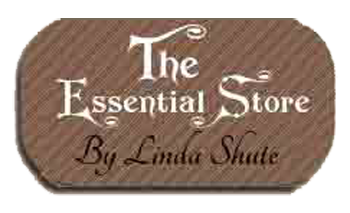


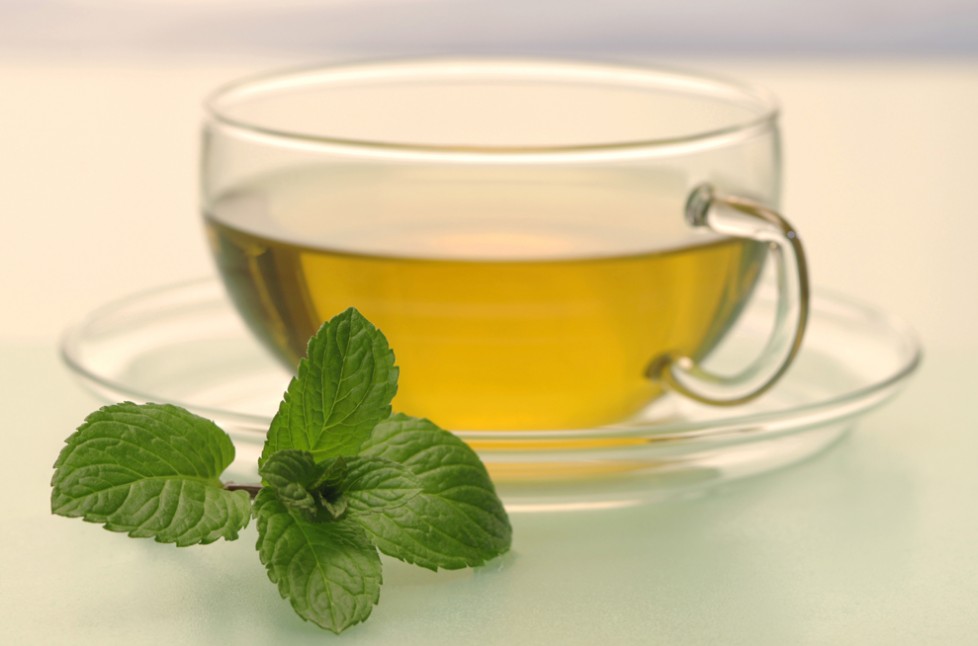
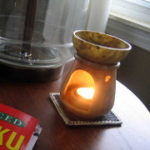
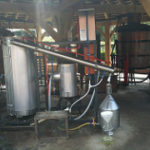
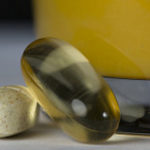
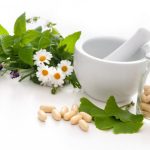

Leave a reply